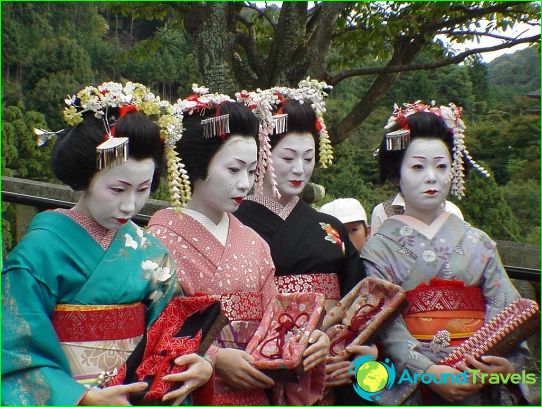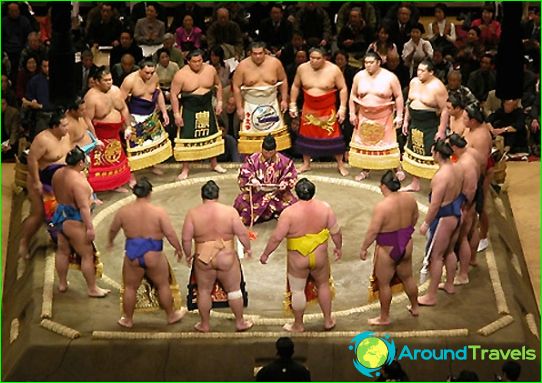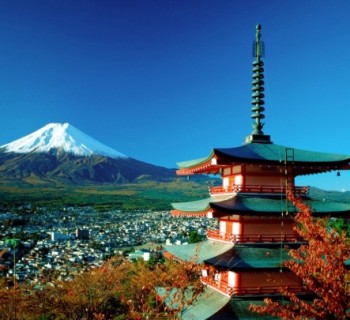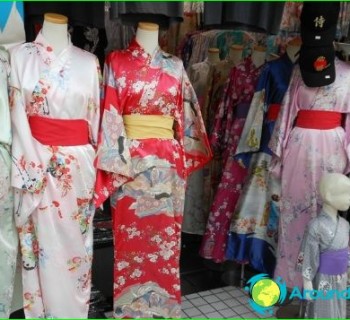Japanese culture

The Land of the Rising Sun is one of the most mysterious and amazing on the planet. The isolated territorial location of the islands and climatic features had a great influence on the psychology and worldview of the inhabitants, and therefore the culture of Japan is unique and unusual from the point of view of a European or an American..
Nature
Particular natural phenomena, often stunning islands in Japan, have created the opinion among its inhabitants that nature is a living organism. Typhoons and earthquakes, constant danger have made these people connoisseurs of momentary beauty. For the Japanese, nature is the main inspirer and artist, and therefore on picturesque canvases, for example, there are so many cherry blossoms, seascapes and other natural pictures.
The main ancient genre of painters is horizontal scrolls illustrating literary masterpieces. They appear in the 10th century and the picturesque scenes on them are interspersed with calligraphic letters. Surprisingly, scientists date the very first examples of Japanese painting to the historical period of the Japanese Paleolithic, which began 10 thousand years BC.
Sign of a cultured person
In the culture of Japan, the ability to write calligraphy occupies a special place. This subject is taught in schools, in parallel with painting, and the art of calligraphy came to the Land of the Rising Sun from China. The guests of Japan are equally delighted with the works of national decorative and applied crafts:
- Origami is the art of folding figures from a single sheet of paper without the use of glue, scissors or other tools. Origami was brought from ancient China, where paper was invented.
- Bonsai is the ability to grow a miniature copy of a real tree. Literally means - "grown on a tray". Bonsai appeared in the 3rd century BC. and came to Japan with wandering Buddhist monks.
- Netsuke is a sculpture in the form of a carved keychain, which appeared to decorate traditional national clothes. Netsuke figurines were made of ivory and served as a counterweight for containers in the form of boxes, in which, due to the lack of pockets, the Japanese wore various little things on their clothes.
- Ikebana - the ability to arrange a room using flower arrangements. The main principle of this trend in Japanese art is sophistication, but simplicity, achieved through the natural beauty of the flower..
The Japanese also pride themselves on their kabuki theater and the ability to hand-paint fabrics and ceramics for the tea ceremony. As souvenirs, tourists bring traditional Japanese dolls and embroidered temari balls from Tokyo and other cities..



